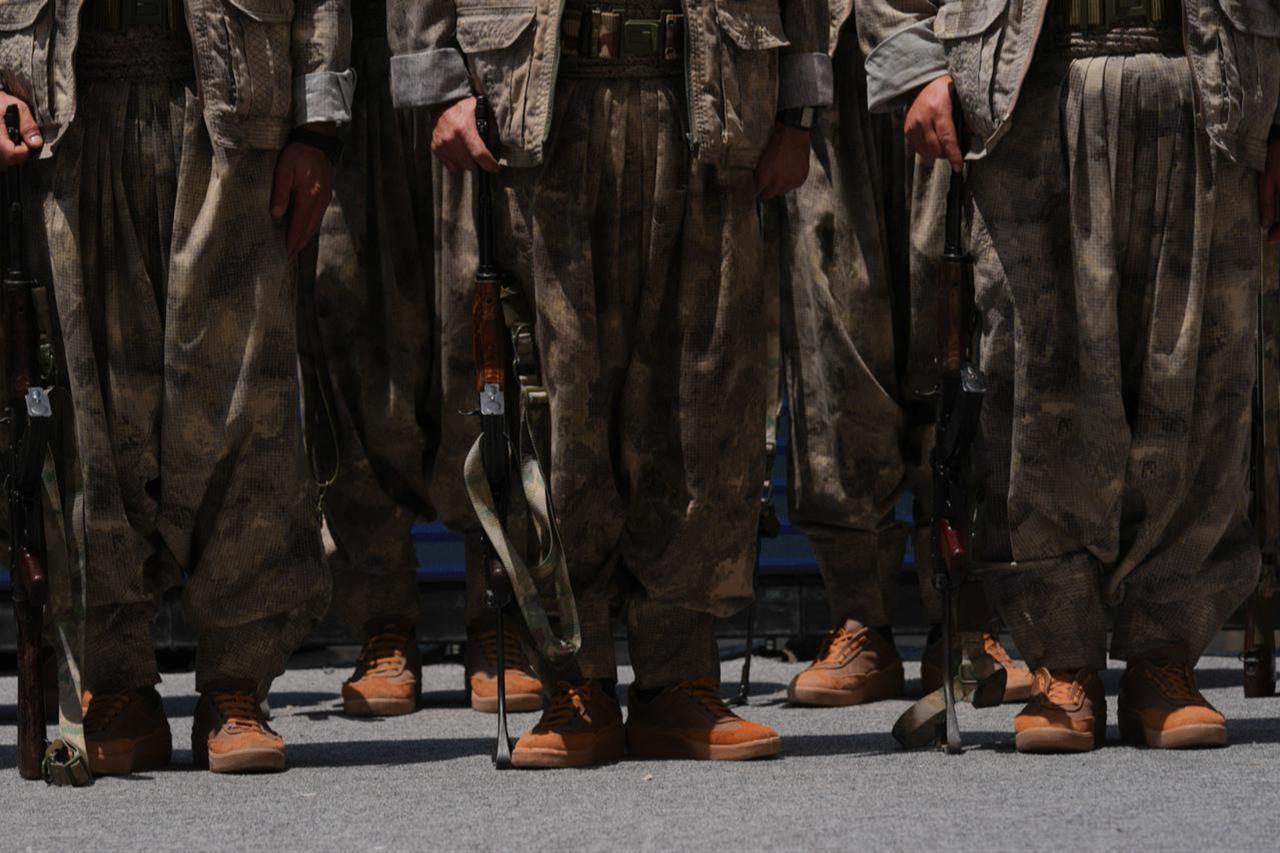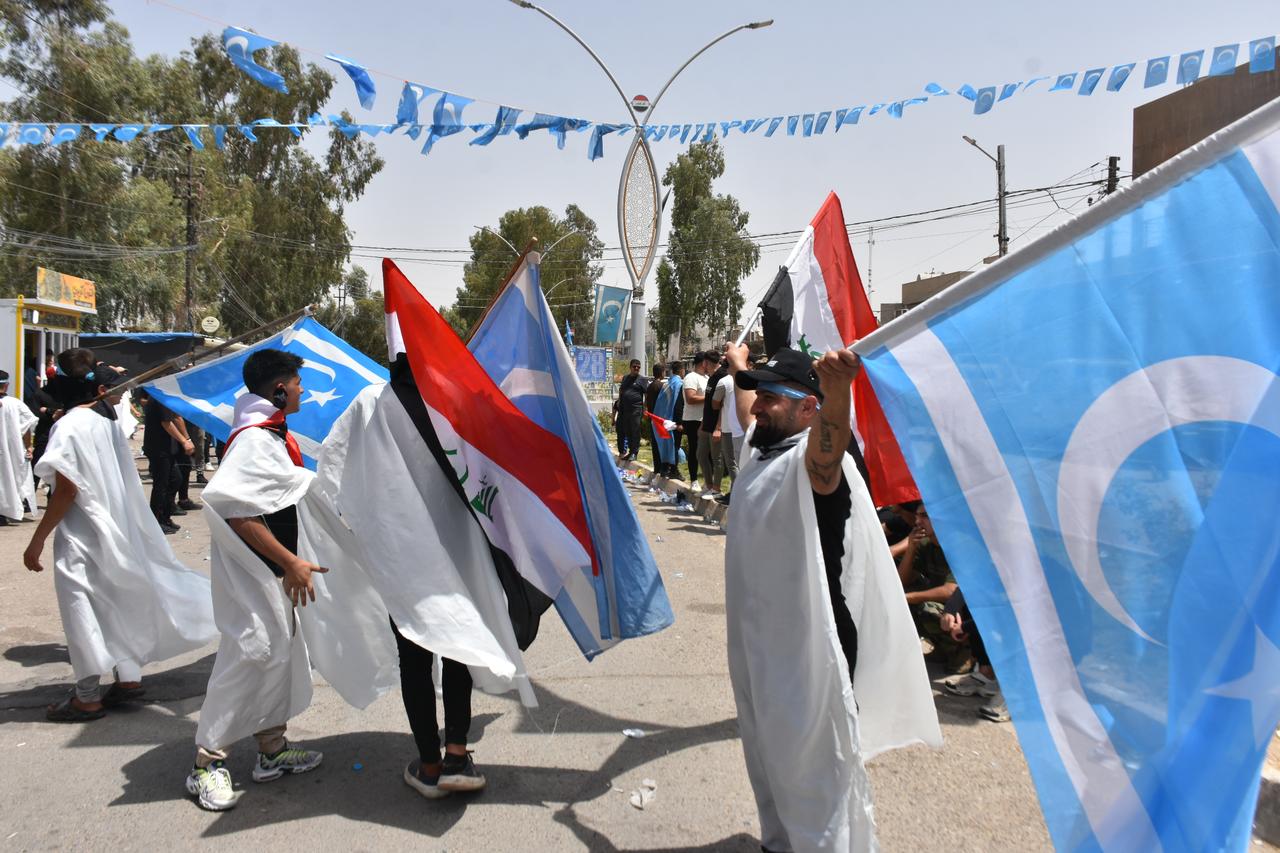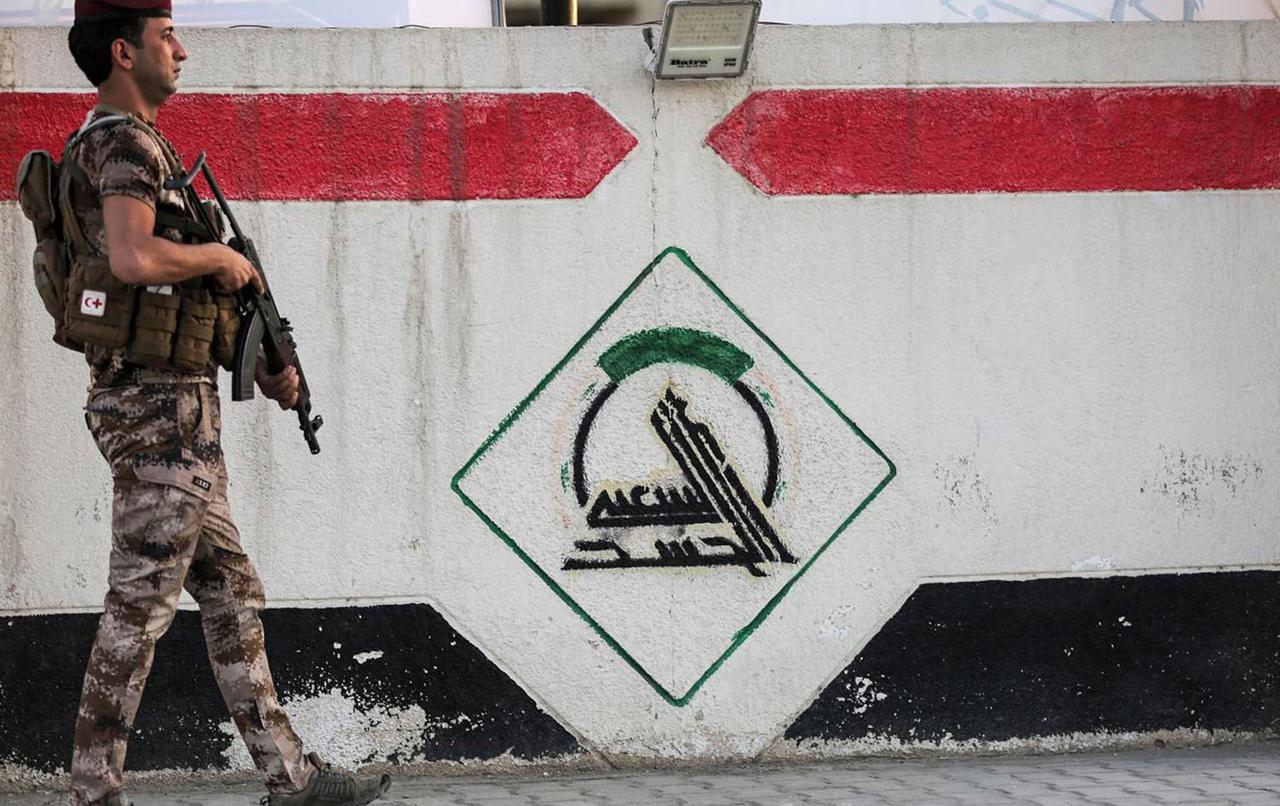
As Türkiye escalates its campaign to dismantle the PKK's regional strongholds, with the process of disarmament of the terrorist group announced and underway, the reverberations are being most acutely felt in northern Iraq, particularly in areas inhabited by the country’s Turkmen minority.
A new report shows how Ankara’s "terror-free Türkiye" strategy is not just redrawing security lines, but also reshaping ethnic balances, governance, and external influence in Iraq’s north.
For Turkmens, these developments represent a double-edged sword: while the weakening of PKK networks could reduce future risks, the transitional turbulence may introduce new security and political threats to already vulnerable communities.
Since the collapse of the cease-fire in 2015, the PKK has shifted its operations from Turkish territory to mountainous regions within northern Iraq, notably Qandil, Metina, Zap and Gara. These zones fall within or near the borders of the Kurdistan Regional Government (KRG), where local governance has struggled to exert full control.
The group’s growing entrenchment in these areas has led to the depopulation of more than 600 villages and disrupted long-standing communal life.
Today, the PKK’s operations in Iraq are organized around five primary hubs: its leadership based in Qandil; political activity conducted under the “Freedom Movement”; armed presence among Yazidi groups in Sinjar; the long-contested Makhmur refugee camp; and its Iranian affiliate PJAK, which remains active along the Turkish-Iranian border.

While a reduction in PKK violence is broadly welcomed, the process of disarmament and de-escalation carries new challenges. A weakened PKK could leave the Patriotic Union of Kurdistan (PUK), a major Kurdish political party in Iraq, more isolated and defensive. The group may also seek ties with fringe movements like the "New Generation" party, which has gained traction in Iraqi Kurdistan by opposing traditional power structures.
Another concern is the PKK’s pivot to urban areas, where the risk of targeted killings, sabotage, and asymmetric attacks may rise even as rural militancy declines.
While Turkish operations have degraded the PKK’s logistical networks and territorial control, the possibility of militant redeployment has emerged as a new concern, particularly for Iraq’s Turkmen communities.
The report lists Daesh, PKK, and Iranian-backed Shia militias as Iraq’s top three security threats. The PKK’s continued military presence complicates coordination between Erbil and Baghdad, further straining Iraq’s fragile security architecture.
The PKK’s continued presence within KRG-controlled areas has undermined internal Iraqi efforts to coordinate security responses, as mistrust persists between federal and regional forces.
For Turkmen-populated zones, this security fragmentation poses real risks. The possibility that disarmed militants could be moved into mixed-population areas as a form of political compromise or operational containment is particularly alarming, especially given the absence of a credible and impartial security guarantor on the ground.
Analysts warn that if PKK fighters are forced to withdraw from their current strongholds, they may be relocated to areas with significant Turkmen populations such as Tal Afar, Tuz Khurmatu and Kirkuk.
These areas have previously suffered from ethno-sectarian violence and remain contested both politically and militarily. Any influx of battle-hardened militants could inflame existing tensions and risk drawing Turkmens into future cycles of conflict, despite their general alignment with stability and decentralization.

Further complicating the landscape is the presence of Iran-backed Shia militias, many of which operate with varying degrees of autonomy and ideological alignment. Alongside Daesh remnants and PKK units, these militias are viewed as one leg of a tripartite threat matrix by both Türkiye and some Iraqi actors.
Meanwhile, PJAK’s persistent activity along the Türkiye–Iran frontier has heightened bilateral security concerns, with Tehran wary of Ankara’s deepening footprint in areas historically within its own sphere of influence.
Ankara’s intensified counterterrorism operations have also caught the attention of Iranian-backed groups.
Iranian-aligned Shia militias also view Türkiye’s expanding military and intelligence footprint as a potential threat, adding a layer of regional tension between the two countries.
Despite being designated a terrorist organization by the EU, the PKK continues to be perceived in parts of Europe as a legitimate Kurdish political movement. This misperception is further amplified by the group’s robust digital propaganda efforts, which have proven particularly influential among younger generations in the Kurdish diaspora.
The narrative war online has created a growing disconnect between European public opinion and Türkiye’s security concerns, complicating Ankara’s diplomatic outreach in Western capitals.
The weakening of the PKK is closely linked to financial disruption. Cutting off the group’s income streams, often sourced through illicit trade and diaspora donations, has been a priority for Turkish authorities.
Meanwhile, large-scale infrastructure investments and social programs in southeastern Türkiye have played a key role in preventing radicalization and reintegrating local populations. These non-military initiatives underscore that Ankara’s counterterrorism strategy is not solely defined by hard power but also by socio-economic engagement and regional diplomacy.
Recent reports indicate that the United States and Türkiye have issued a 30-day deadline for the Syrian Democratic Forces (SDF) to begin fully integrating with the Syrian government. While still developing, this development may serve as a critical turning point for Kurdish-oriented movements across the region.
For actors like the PKK and its affiliates, the prospect of losing semi-autonomous leverage in Syria could intensify their pivot toward political survival elsewhere.
Whether Türkiye’s “terror-free” vision will ultimately enhance stability, or merely shift the conflict’s fault lines, will depend on the policies adopted in Ankara, Baghdad, Damascus and Erbil in the months ahead.